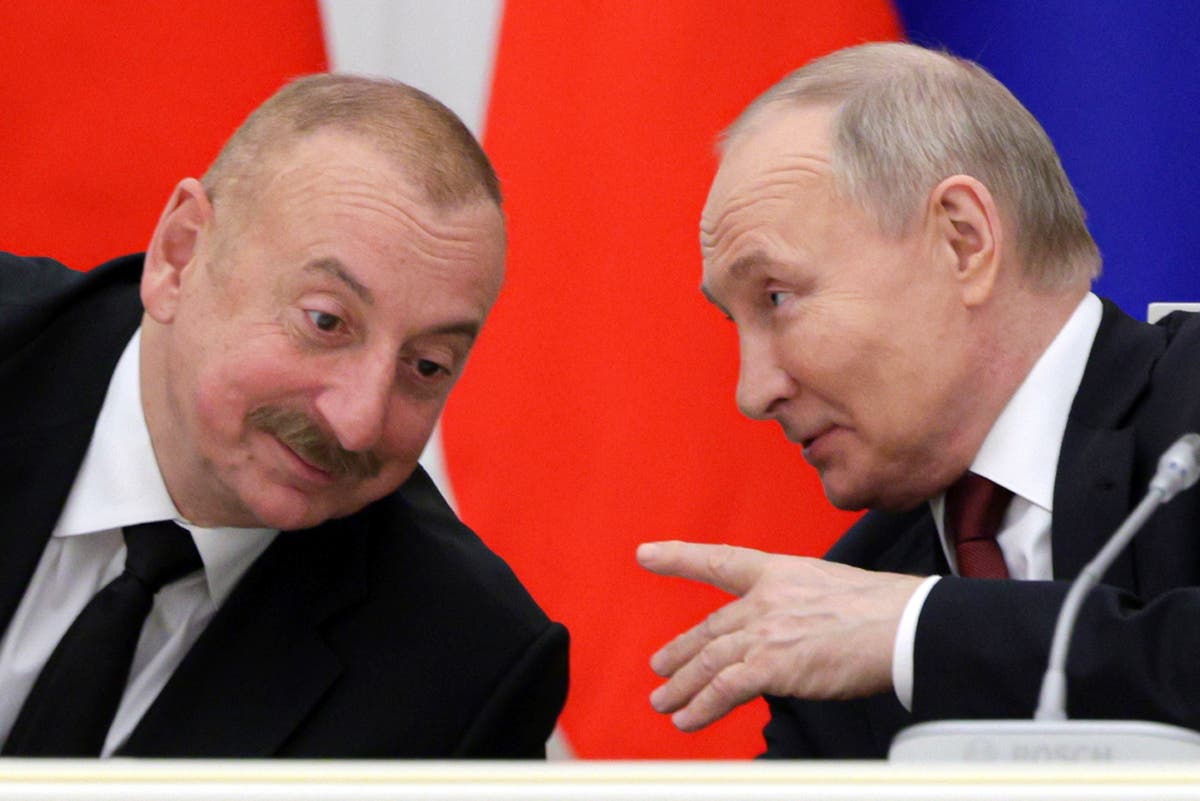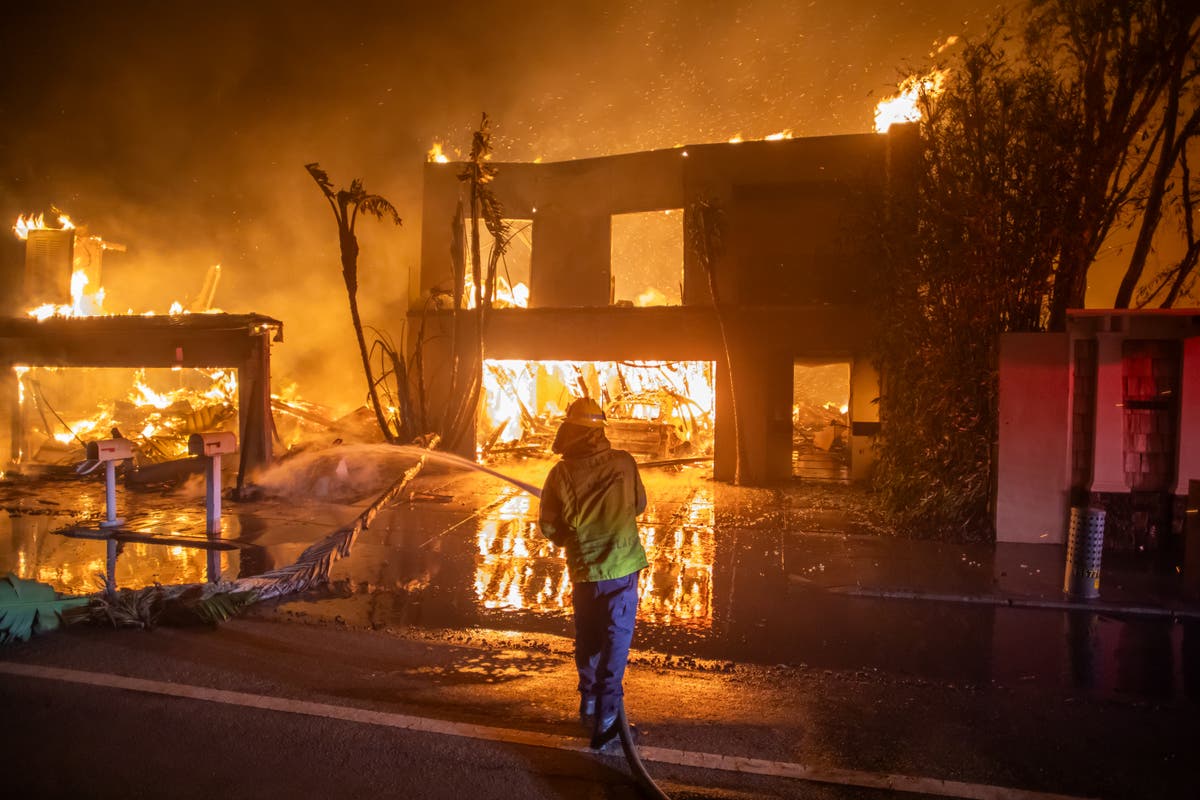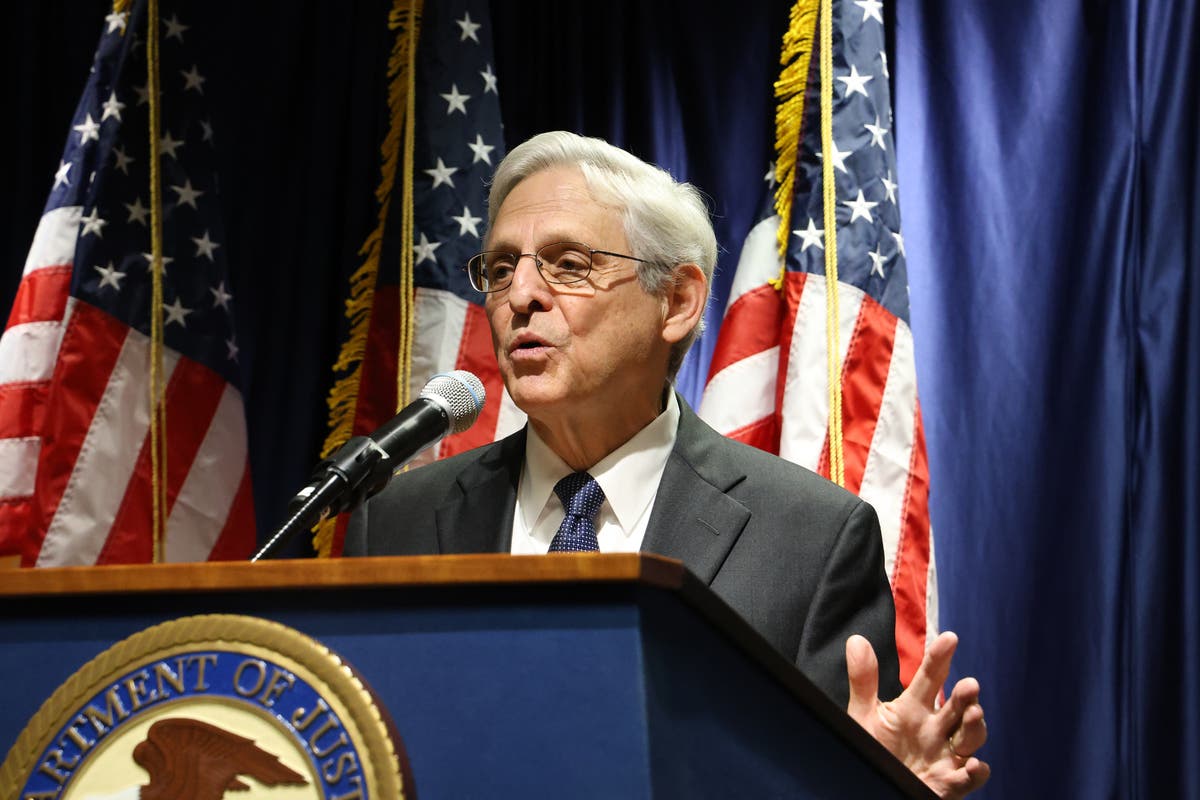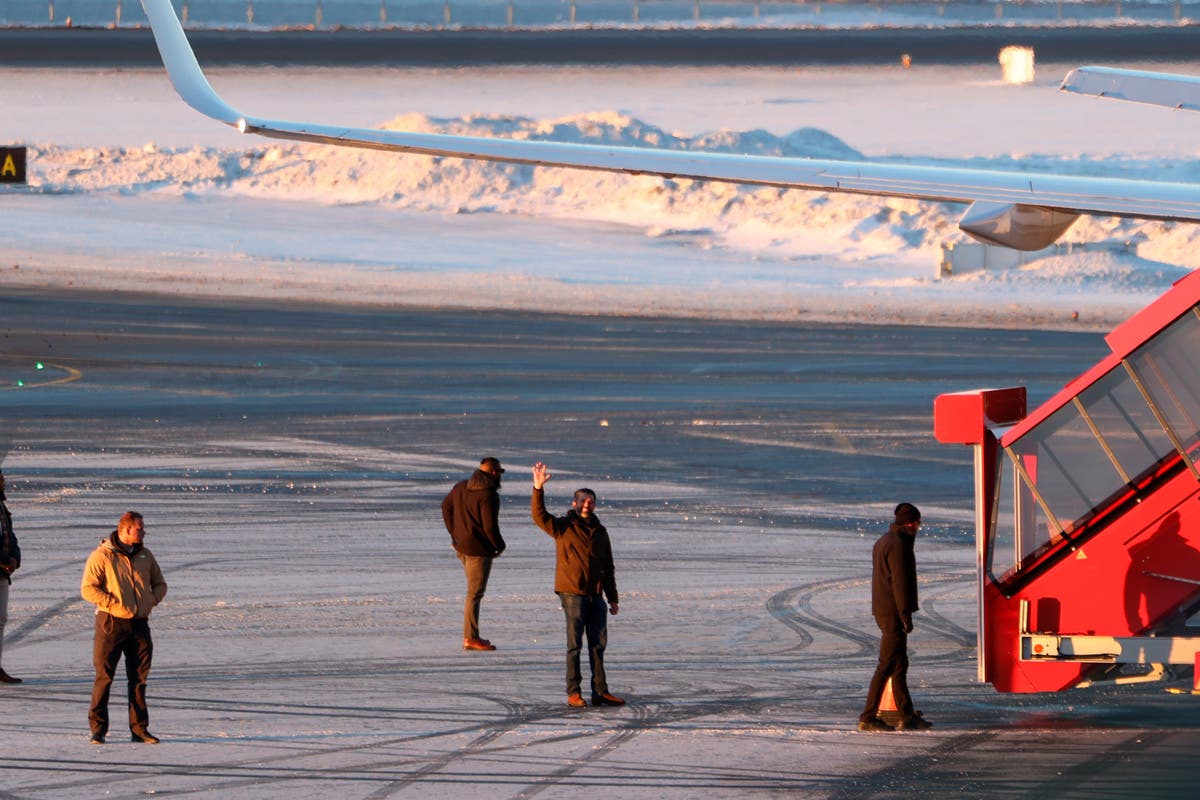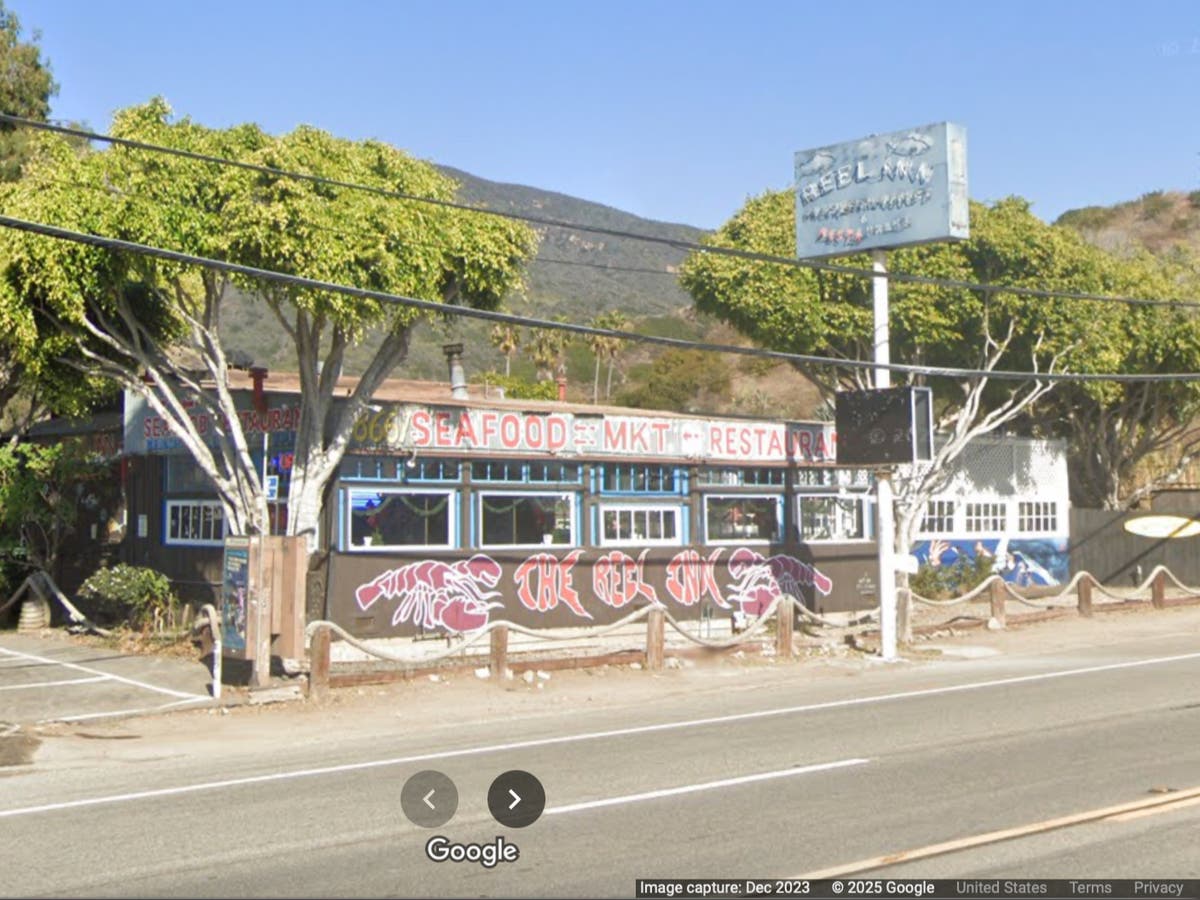Azerbaijan's President Ilham Aliyev has publicly stated that a passenger airliner, which crashed in Kazakhstan on Wednesday, was shot down by Russia, an assertion Moscow has yet to directly address. The incident resulted in the deaths of 38 people, with 29 survivors. Aliyev insists the plane was struck by ground fire over Russian territory, also accusing Russia of initially attempting to obscure the truth surrounding the tragedy.
The airliner, identified as Flight J2-8243, was en route from Azerbaijan's capital to Grozny in Russia when it diverted its course towards Kazakhstan, ultimately crashing near Aktau. Eyewitness accounts from survivors indicate loud noises on the aircraft while circling over Grozny, prior to the incident, pointing towards a possible cause of the crash.
President Aliyev expressed disappointment over what he called "delirious versions" of events initially circulated by Russian officials. He revealed that Russia's actions had rendered the aircraft uncontrollable. Despite Russia’s initial response, Putin has since apologized to Aliyev, yet stopped short of admitting direct responsibility.
Aliyev has laid out three demands to Russia: an official apology, an admission of guilt, and the punishment of those responsible, including compensation to the affected families and the Azerbaijani state. While the first demand has been met with Putin's apology, the remaining two are still outstanding.
The incident occurred amid reports of Ukrainian drone attacks near Grozny, which prompted Russian air defense systems to activate. The Kremlin maintains a joint investigation with Azerbaijan and Kazakhstan is currently underway, with the focus on analyzing the aircraft’s black boxes to establish the final narrative.
The crash represents a significant aviation incident and underscores the ongoing tensions in the region, also bringing to mind the tragic downing of Malaysia Airlines Flight 17, which was shot down over Ukraine in 2014. Azerbaijan’s calls for a full accounting on Russia’s involvement emphasize a need for transparency and resolution in the aftermath of the event.

